
What is CPAP?
If you’re wondering what is CPAP, you’re not the first. Many people only learn about it from a sleep doctor or when they find out someone they know has one of those mysterious sleep machines.
CPAP is continuous positive airway pressure, one of the most effective treatments for obstructive sleep apnea (OSA), a sleep breathing disorder that affects 20 million people in the US alone.
Unfortunately, most people with OSA go undiagnosed and unknowingly suffer for years before finding out about this life changing treatment.
Meanwhile, let’s talk about the basics:
- How CPAP works
- The health benefits
- The basic types of sleep machines
- Some things to think about when selecting a CPAP setup
- Some common CPAP issues
- Your options if CPAP doesn’t work for you
- How to get a CPAP machine

1) How does CPAP work?
Obstructive sleep apnea is a common sleep disorder in which breathing is interrupted during the night due to collapse of the airway.
This restricts airflow and deprives the body of oxygen which causes you to fall out of restorative deep sleep into a lighter sleep and wake up feeling exhausted.
The goal of CPAP treatment is to restore regular breathing so that you sleep more deeply and wake up feeling more rested.
The idea of opening up obstructed airways with positive air pressure was first tested in the 80’s by Dr. Colin Sullivan. The first CPAP machine debuted soon afterwards.
These machines commonly use an air pump and face mask to apply mild air pressure to keep the airway open during sleep.
CPAP is currently the gold standard for treating obstructive sleep apnea.
“Sleep is that golden chain that ties health and our bodies together.”
– Thomas Dekker
“Sleep is that golden chain that ties health and our bodies together.”
– Thomas Dekker
“Sleep is that golden chain that ties health and our bodies together.”
– Thomas Dekker
2) What is CPAP? – It’s a life changing treatment
If you’re wondering what is CPAP, you might also be asking what’s the big deal?
You should know that CPAP can have a huge impact on you and those around you.
Obstructive sleep apnea can really hurt quality of life.
People often wake up feeling tired, experience morning headaches, and mood swings. They may also find it hard to focus and remember things.
Snoring is a common complaint which can make life miserable for a bedmate or roommate.
Depression can make it harder to maintain relationships.
If left untreated, obstructive sleep apnea can have serious long-term health effects. It has been linked to high blood pressure, heart disease, stroke, and diabetes.
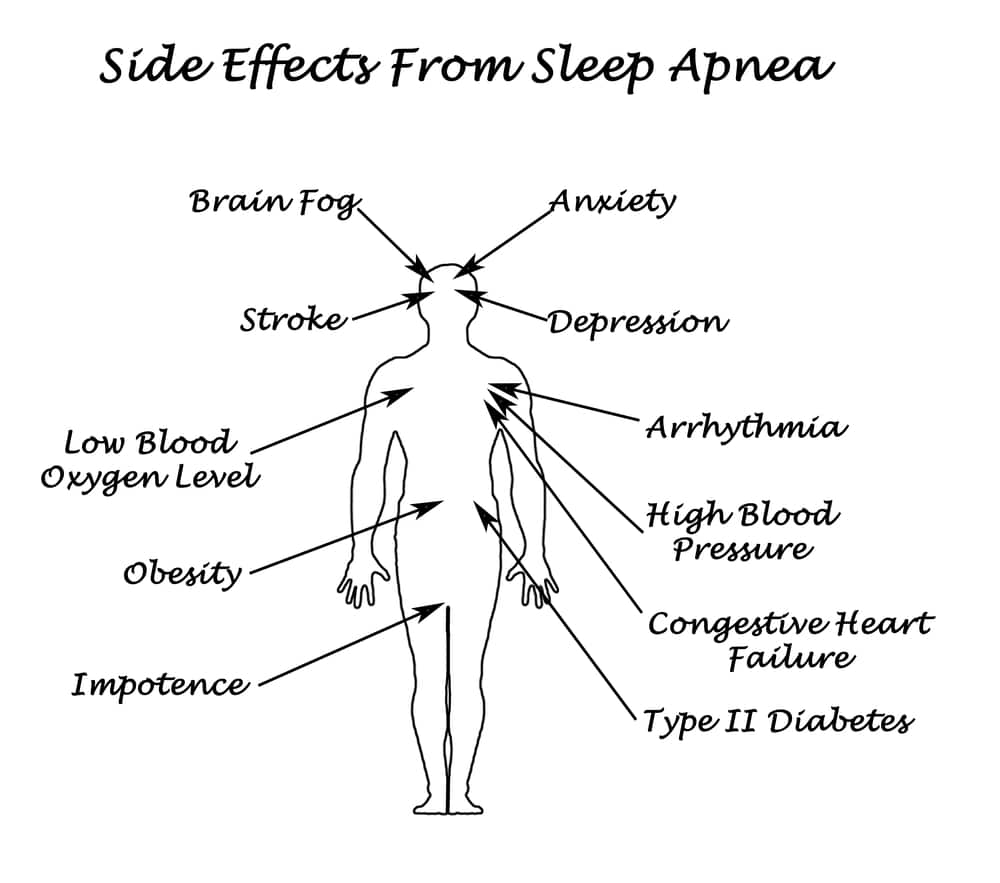
The good news is that people often begin to see benefits soon once CPAP treatment is started. They sleep longer without waking up, feel more rested in the morning, and experience less daytime sleepiness.
For some people, it may take longer to see improvements as they get used to the machine and figure out the best setup and settings to use. However, the life-changing health benefits of CPAP are worth it.
.
What is CPAP? – A treatment well worth the fuss given the huge downsides of untreated sleep apnea
What is CPAP? – A treatment well worth the fuss given the huge downsides of untreated sleep apnea
What is CPAP? – A treatment well worth the fuss given the huge downsides of untreated sleep apnea
3) Types of CPAP machines
If you’re still wondering what is CPAP and about those mysterious sleep machines, they use a ventilator to apply mild air pressure to open up airways.
These machines typically consist of three basic parts:
- A motor to blow air
- A mask to fit over your nose and/or mouth
- A tube connecting the mask to the motor
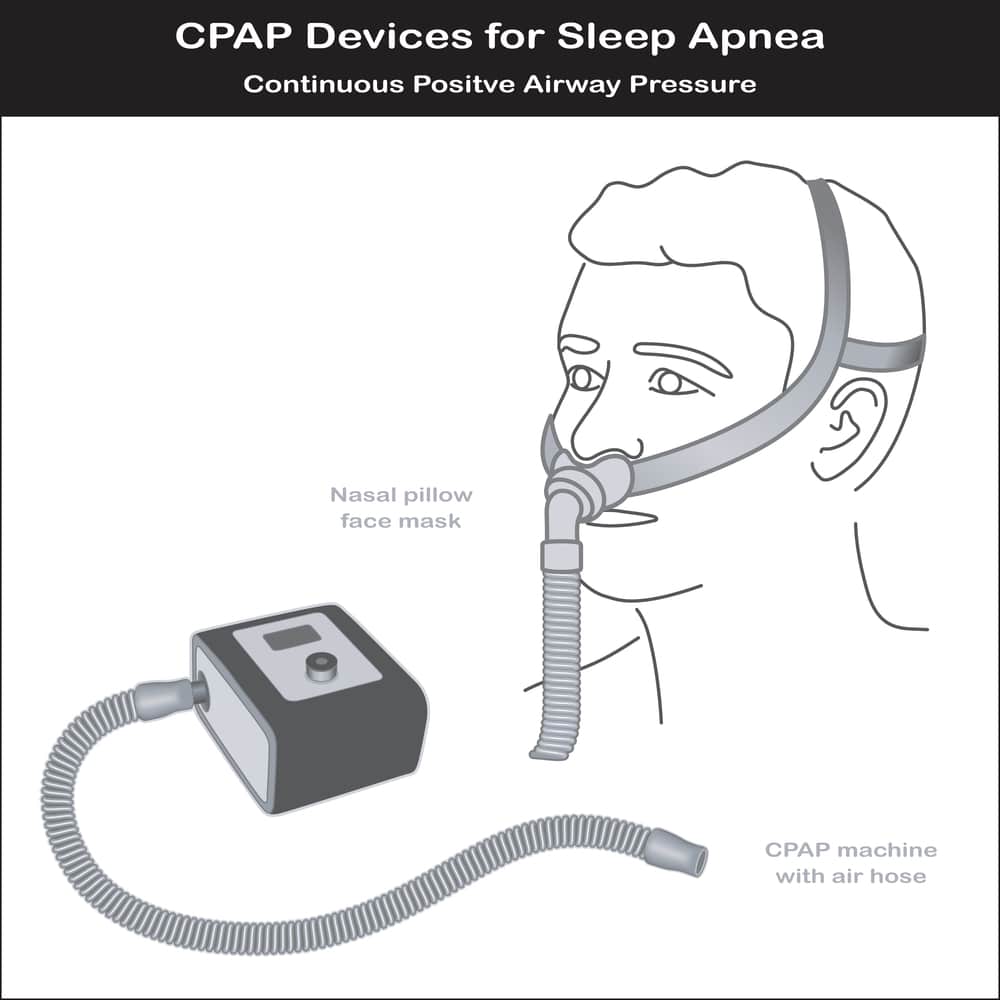
Some machines may also have a water chamber to help humidify the air being blown so that you don’t dry out your nose, mouth, or throat.
Commonly, a doctor and a sleep technician will work with you to find a set up that works best.
There are three types of air pressure machines your doctor may recommend based on your situation:
Continuous Positive Airway Pressure (CPAP) is the most basic and common type. It provides one steady level of pressure to the airway during sleep
Bilevel positive airway pressure (BiPAP) provides two levels of pressure during sleep. A higher pressure during inhalation and lower pressure during exhalation.
Some users find having separate pressure settings easier to exhale against. BiPAP machines may also be helpful for individuals with high pressure settings or low oxygen levels, cardiopulmonary disorders, or lung disorders.
Automatic positive airway pressure (APAP) machines auto adjusts the pressure during sleep based on your particular needs at any moment. They are able to sense changes in your breathing and adjust to a better pressure setting.
APAP may be useful if you change body position frequently during sleep, experience seasonal allergies, or have other changes over time to your health that affect breathing.
There are different types of masks to use based on your situation (i.e., needs, face shape, sleep position, and preferences):
Nasal masks (nose only) might be useful if you need a high air pressure setting or move around a lot while asleep.
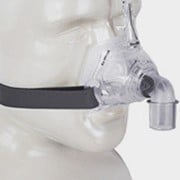
Oral masks (mouth only) might be useful if you frequently experience nasal congestion or can’t breathe through the nose for other reasons.

Full face masks (nose and mouth) are often recommended for mouth breathers. Users can breathe from the mouth or nose while still getting optimal treatment.
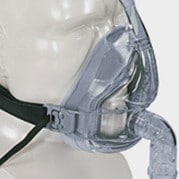
4) Some things to consider when selecting a CPAP machine
For CPAP to work, it’s important to find a setup that you’re comfortable with and works for your individual situation.
Here are some things to consider…
Mask: This is one of the most important things to think about. Be sure to find a mask that fits well and feels comfortable enough so you’ll wear it while sleeping.
Noise: Most CPAP machines are quiet, but you can check for a quieter one if the noise is still an issue for you.
Altitude adjustment: If you live in a high-altitude location, you may want to get a CPAP machine that allows for altitude adjustment.
Humidification: Machines with this feature blow warm, moist air which may help with congested or irritated nasal passages, or nosebleeds.
Ramp feature: Some people struggle to adjust to higher air pressures. Ramping allows you to fall asleep at a lower pressure and then sleep at a higher pressure.
Heated tubing: A heated tube keeps the air at constant temperature as it makes it way from the pump to the face mask. This can help reduce condensation build-up which can lead to moisture dripping on your face.
Mask On/Off Alert: Obviously, CPAP doesn’t work if the mask is not on. This may help those sleepers who toss and turn while asleep.
Portability: If you travel a lot, you may want to buy a compact and lightweight machine to take with you.
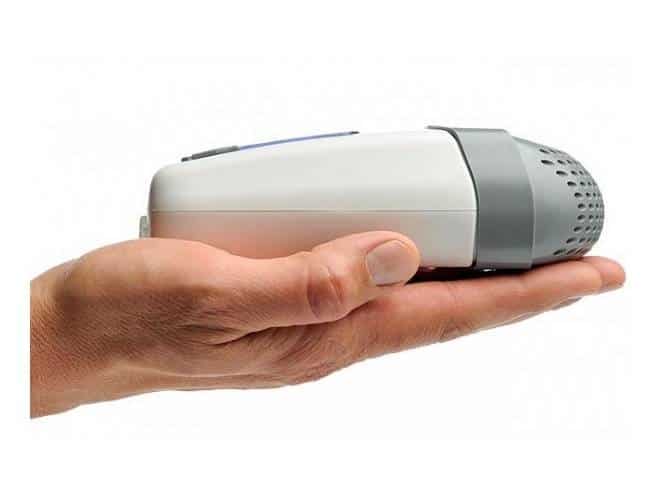
Ease of maintenance: You want to keep your CPAP machine running smoothly and free of germs. Look for a machine that’s easy to clean and maintain.
5) Some common CPAP issues and remedies
Like any treatment approach, there may be problems based on your individual situation. In order for CPAP to be effective, it’s important to deal with these challenges.
Here are some of the issues you might encounter along with some remedies.
CPAP mask is wrong size or style: Fortunately, there’s a wide variety of sizes and styles available. A sleep technician can help you find a mask that works better for you.
Trouble getting used to a mask: Try wearing it for short periods time while awake.
Feeling claustrophobic: Practice wearing your mask while awake so you get used to having it on your face. Relaxation exercises may also help.
Dry or stuffy nose: A machine with heated humidification may help. You can also talk to your doctor about nasal saline sprays and other nasal medications.
Dry mouth: A different mask with a chin strap may help keep your mouth closed.
Forced air feels uncomfortable: If you find the forced air uncomfortable, a machine with the ramp feature may help. It starts out at a low air pressure gradually increases to the pressure prescribed by your doctor. You can also ask about switching over to a BiPAP machine.
Mask comes off while asleep: You can try using a chin strap, a different mask type, and setting an alarm to check that the mask is on.
CPAP machine too noisy: Most machines today are pretty quiet, so make sure the air filter is clean and have your supplier check the machine. If noise is still an issue, you can get ear plugs or try using white noise to tune out the CPAP machine.
Allergic to mask: Make sure you regularly clean your mask and check whether its made with latex instead of silicone.
Find more detailed information on common CPAP issues here.
6) CPAP alternatives
If CPAP is not working for you, it’s important not to give up – good sleep is essential to health and quality of life.
Be sure to work with your doctor and equipment provider to see if there are simple adjustments you can make to your setup.
Depending on the issue, you can also try other types of positive air pressure approaches described above such as APAP and BiPAP.
If all of this fails, you still have options that don’t involve a face mask, headgear, and pressurized air:
a) Oral devices: Oral appliances are used to reposition the jaw and tongue so that the airway stays more open. These devices may work best for people with mild to moderate sleep apnea.
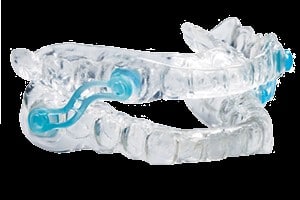
b) Breathing pacemaker: Monitors your breathing patterns and uses a pacemaker-like device to stimulate muscles to keep the airway open.
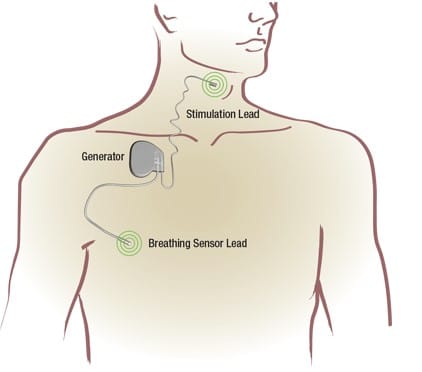
c) Positional therapy: Many patients find that their sleep apnea is worse when they sleep on their back. Wearable devices can be used to train you to sleep in a healthier position.
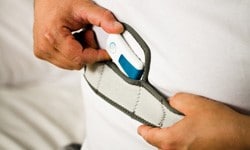
d) Weight loss: Losing weight may help improve sleep apnea symptoms.
e) Adenotonsillectomy: A surgical procedure that removes the adenoids and often tonsils which can obstruct breathing when inflamed.
f) Nasal surgery: Commonly used if symptoms are caused by a deviated septum, enlarged turbinate tissues, or a collapsed or narrowed nasal valve.
g) Maxillomandibular Advancement surgery: Involves moving the upper and lower parts of the jawbone forward to help keep the tongue and soft palate from blocking the airway.
h) Tracheostomy: Used in extreme cases when other treatments have failed, involves creating an opening through the neck into the windpipe.
Interested in more CPAP alternatives?
You’re not alone, CPAP works great for some patients but not for everyone
Interested in more CPAP alternatives?
You’re not alone, CPAP works great for some patients but not for everyone…
7) How to get a CPAP machine
Knowing what is CPAP is just the first step – you next have to figure out if you need it and how to CPAP setup.
Because CPAP machines are medical devices, by federal law you must have a prescription to get one.
Step 1: Get Diagnosed
You will first need to be diagnosed by a doctor for a sleep-related breathing disorder. This can involve a medical history review, physical exam, and often an overnight sleep study. (You can get a quick overview of this process here.)
Step 2: Get a Prescription
Once your diagnosis is confirmed, your doctor can prescribe CPAP treatment.
Step 3: Get outfited with a CPAP setup
This may be done at a sleep clinic or an equipment retailer. A sleep technician will work with your doctor to find a setup that works best. They will also set the air pressure levels for your machine.
What is CPAP?: 5 Things to Remember
1) A life-changing therapy for obstructive sleep apnea
2) Uses air pressure to open up airways to promote deep sleep
3) There’s a wide variety of CPAP setups for different situations
4) A doctor’s prescription is required to get a CPAP machine
5) If CPAP doesn’t work for you, there are alternatives worth trying
Still curious what is CPAP?
Wondering if it can really help you?
Learn more about sleep apnea diagnosis and treatment here.
Still curious what is CPAP?
…Wondering if it can really help you?
Learn more about sleep apnea diagnosis and treatment here.
You may also be interested in:
6 reasons not to buy a CPAP machine on Craigslist
How to get help for sleep apnea if you don’t have insurance
The latest sleep apnea devices – everything you want to know
CPAP made my cold worse: How to get sleep while dealing with a sore throat and other symptoms
Foods that can support your sleep apnea treatment
Looking for a used CPAP machine? – Where to look, what to avoid
Remedies for common CPAP spouse complaints
What to think about before using your spouse’s CPAP machine
How to survive a CPAP power outage
15 things worth a try if CPAP is stressing you out
9 things to try for CPAP panic attacks
What to try if you suspect CPAP is causing acne
9 things that can help you’re using CPAP with allergies
Guide: CPAP and cancer risks for Philips recall (NSTlaw.com)
How to get a CPAP machine for free or on the cheap (ranked)
12 Alternatives worth a try if CPAP doesn’t work for you
Last updated: 2025
Connect with us:
About Us
Better Sleep Simplified® was founded as a place for you to get clear and well-researched information.
Our goal is to make sure you know about your options so that you take action sooner rather than later.
Check us out on YouTube:
Watch and Learn
Helpful sleep tips, interesting sleep facts and statistics you want to know about
Affiliate Disclosure
This site is a participant in the Amazon Services LLC Associates Program and other affiliate advertising programs designed to provide a means for sites to earn advertising fees by advertising and linking to them.
Important: BetterSleepSimplified.com is for informational purposes only and is not intended or implied to be a substitute for professional medical advice, diagnosis, or treatment. Always consult a physician for sleep and health concerns. See additional information.
